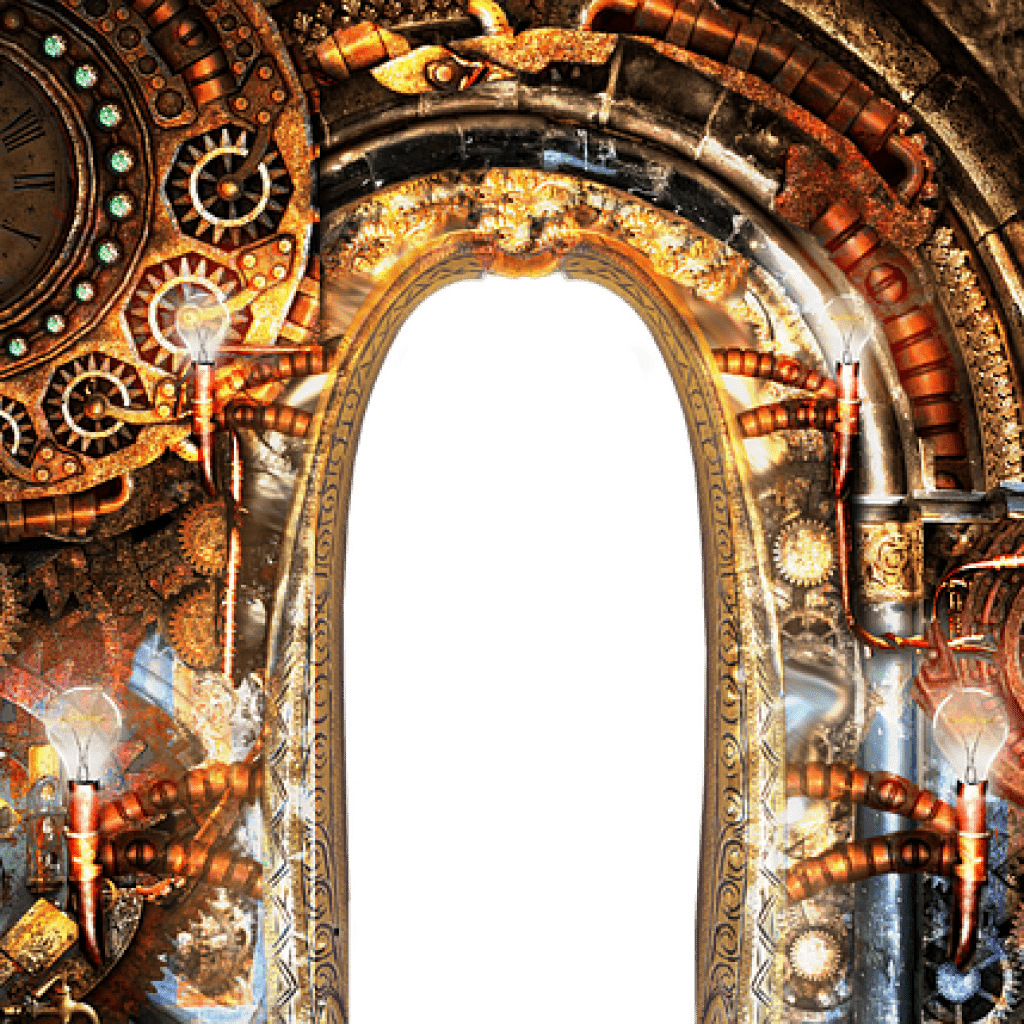(Phys.org) Caitlin McDermott-Murphy, of Harvard University recently covered an interview of theoretical physicist Nicole Yunger Halpern in which Halpern discussed her new book: “Quantum Steampunk: The Physics of Yesterday’s Tomorrow.” IQT-News provides highlights of the interview comments below.
In her book, Yunger Halpern dissects a new branch of science—quantum thermodynamics, or quantum steampunk as she calls it—by fusing steampunk fiction with nonfiction and Victorian-era thermodynamics (the heat and energy that gets steam engines pumping) with quantum physics. Yunger Halpern presents a whimsical lens through which readers can watch a “scientific revolution that’s happening in real time,” exploring mysteries even Holmes couldn’t hope to solve, such as why time flows in only one direction.
Yunger Halpern, a fellow of the Joint Center for Quantum Information and Computer Science and an adjunct assistant professor at the University of Maryland, uses steampunk, which marries Victorian style and futuristic technology, to introduce readers to the complex and fantastical world of quantum thermodynamics. The new field merges quantum physics, information science, and energy science to study new ways to power cars, charge batteries, encrypt information, and cool quantum computers.
“How can we extend the Victorian theory of thermodynamics from large everyday-type systems, such as steam engines, to small quantum and information-processing systems?” Yunger Halpern asked, and then answered: “We reach back to the past and head to the future.”
In her talk, Yunger Halpern showed a photo of a modern-day quantum computer which, like a good steampunk machine, looked like a meticulous web of delicate metals. But that contraption, she explained, was just the computer’s refrigerator; the quantum computer was a tiny, vulnerable chip positioned in the center, like the crown jewels in the Tower of London.
While still a few decades away, Yunger Halpern said quantum computers could decode traffic flows or near-impenetrable encryption. But, she said, “not all problems are well-suited for quantum computers. For instance, I don’t recommend doing your taxes on one.”
Sandra K. Helsel, Ph.D. has been researching and reporting on frontier technologies since 1990. She has her Ph.D. from the University of Arizona.
